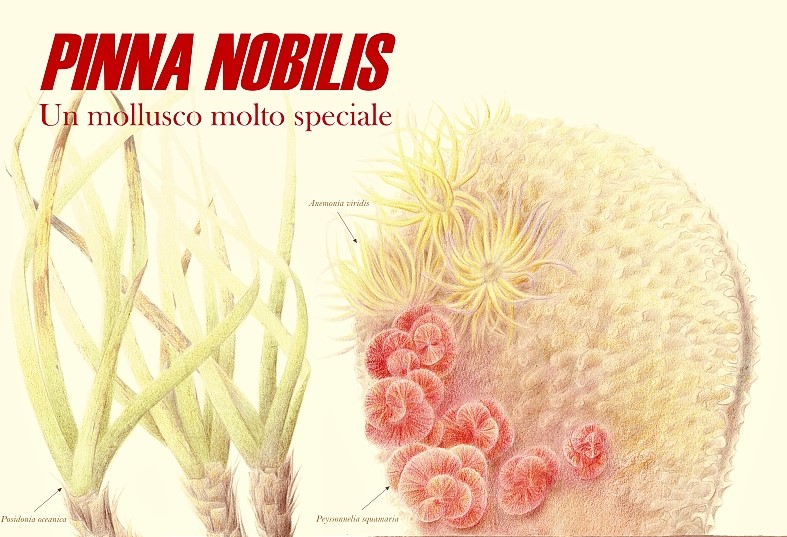Art in support of nature
At the June 2023 Posidonia Festival in Bogliasco, following the involvement of Triton Research and the University of Genoa, the LIFE Pinna team had the opportunity to meet Polish illustrator Joanna Klepadło, sparking a fruitful collaboration within the scope of her doctoral studies. During the “Eye on Pinna” exhibition, held within the Genova Blue District spaces at the last Science Festival, Joanna created a magnificent illustration focusing on the ecology of Pinna nobilis. We took the opportunity to ask her a few questions.
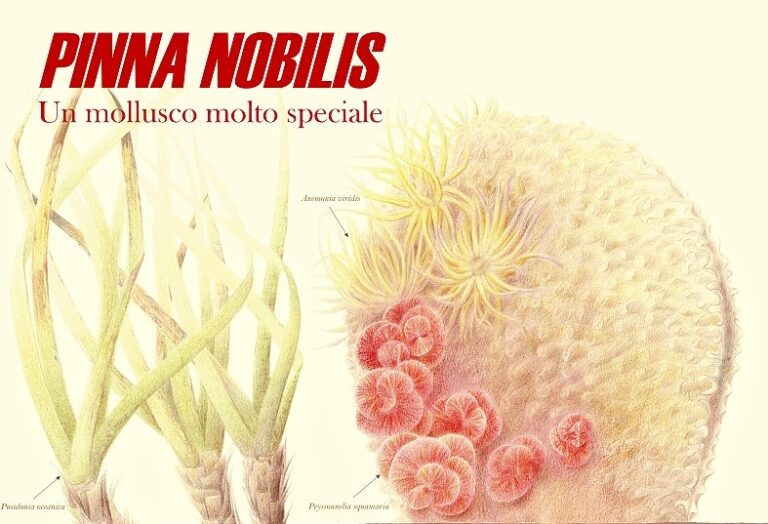
Hello Joanna, tell us something about yourself.
I am a nature illustrator. I did my master’s degree in printmaking and now I am a PhD candidate at Nicolaus Copernicus University in Toruń, Poland. In my PhD project I’m exploring ways of using drawing to popularize science. My goal is to spread knowledge and raise sensitivity about the biodiversity crisis, and I focus on depicting endangered species in the Mediterranean region. I love learning about the natural world through both studying indoors and spending time in nature. Liguria is a perfect place to do that, so currently I’m living in Bogliasco, Genova.
How was born and evolved your artistic approach to nature?
I used to make abstract paintings and photographs but at some point I decided to focus on drawing nature. In the beginning, as a master’s student, I started drawing plants to talk about human emotions and relations. I was using the plants’ shapes, structures and imperfections to express things that I couldn’t put in words. After graduating I became more interested in plants themselves. I started learning about them, and their stories became the topic of my works. The more I was learning about plants and their ecology, the more I was fascinated by the whole web of interactions between organisms. And now I want to draw them all! But especially the small and fuzzy ones.
How much study and depth is there in each of your illustrations?
It depends on whether it is a scientific or a naturalist illustration.
If it is a scientific illustration, first I do the research about the topic. So, if it is an illustration of a certain species, I look for scientific publications about it and I look at dozens of photos to learn this species by heart, to see it in 360°. Then I come up with a general idea for the illustration: I decide what elements I want to include, I define the composition and size, I decide whether to use color or not and what techniques I will use. The result of this conceptual phase is a rough sketch. Then I make a contour drawing in which I make sure that all details are 100% scientifically accurate. A scientific illustration must be objective – it is basically scientific information in the form of a drawing. Then comes making a complete drawing, with all the shades, colors and details – this is usually the longest phase. After that I digitize the image: I scan it and “clean” it in a graphics program, so that it can be displayed online or printed.
If I make a naturalist drawing, I usually use my photos as a starting point. When hiking, I often photograph plants that “ask me” to draw them 🙂 Then I go through the photos and I choose the ones that I want to use as references. And then I make a rough sketch to plan the composition, then the contour drawing, and finally I make the complete drawing and I digitize it.
Usually your drawings focus on the world of botany, but this time you dealt with Pinna nobilis. Did anything in particular catch you?
Marine life is a new, fascinating world for me. It’s a real joy to explore the underwater world full of strange animals that look like plants, plants that look like algae, algae that look like mushrooms… it’s an infinite wonderland for me. I heard about Pinna nobilis for the first time about two years ago, when I was beginning my research about endangered Mediterranean species. I read about it on the IUCN Red List and I decided to illustrate it as part of my PhD project. Then I heard about the LIFE Pinna project and I was happy to find out that I can contribute. With the help of Triton Research, I collected suggestions form the LIFE Pinna scientists involved in the field to do a better work. It is my first collaboration in a conservation project and I really hope to continue on this path.
On an anthropological level, for millennia illustration/drawing has played a crucial role in the progress of humanity. In your opinion, in a hyper-technological world like ours, can scientific illustration still have an important role in the communication of projects like LIFE Pinna and, in general, nature conservation projects?
Of course! There are many ways of popularizing science, some more technologically advanced than others. I think that for each project and for each target audience there will be different ways to communicate with the public.
Illustration is a universal language which helps to explain science, to attract people to science, and to get through to them wherever they are. It can be a simple explanatory drawing that you can look at instead of going through a block of text. But it can also be a beautiful picture that draws the eye of a person that isn’t necessarily interested in science. And this picture can be hung on a wall in a cafe, restaurant, shop, bus stop, it can be printed on a t-shirt or as a calendar… and that’s what we want! Because you, scientists, have super important and precious knowledge that we all need. But this knowledge is often hidden in scientific journals that an average person doesn’t read, or in institutions that an average person doesn’t visit very often. So, illustration can get this knowledge out there in a simple way, and reach people in places where they already spend their time.
I hope to find ways of illustrating nature that will also attract people who are not necessarily interested in science or art. It’s a real challenge! But I feel that by collaborating with LIFE Pinna I’m on the right track to learn.
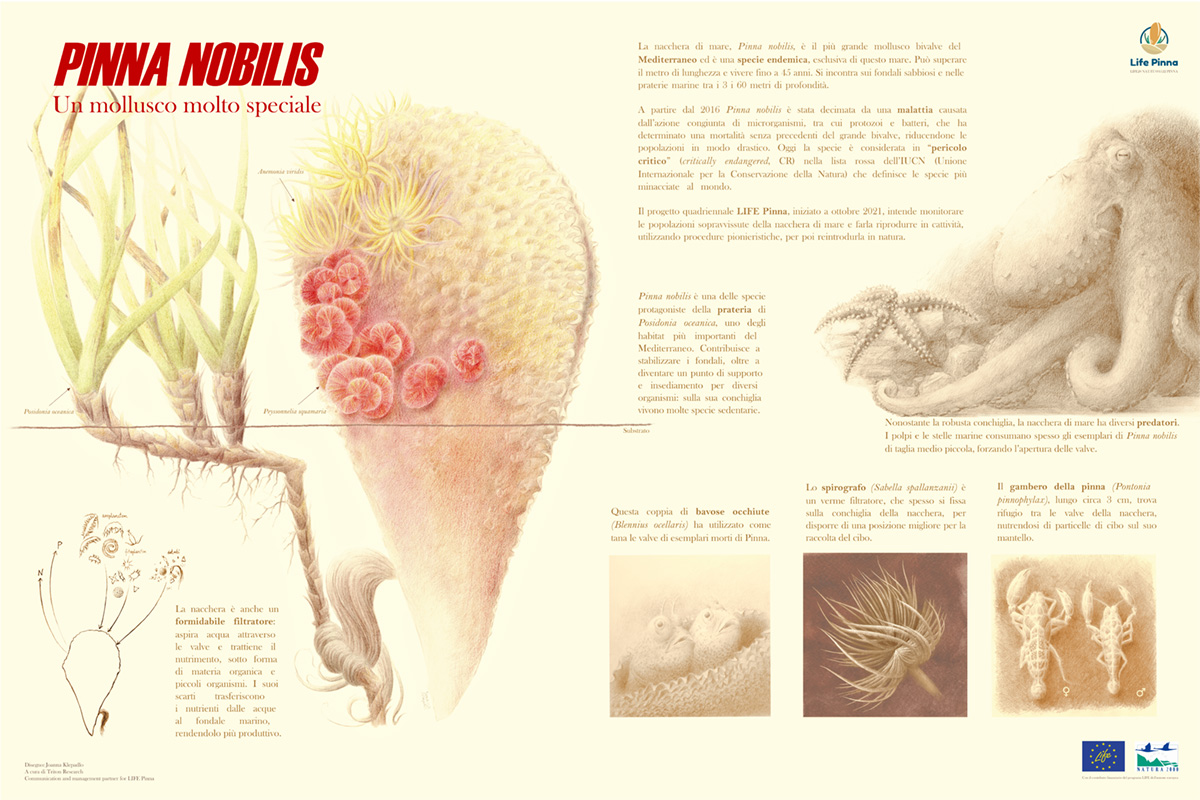
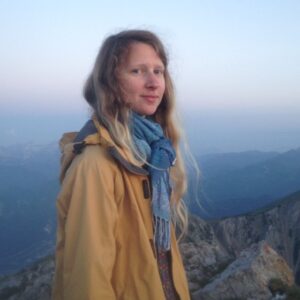
Joanna’s website https://artpassiflora.eu/
Download Joanna’s drawing https://www.lifepinna.eu/materiale-da-scaricare/
